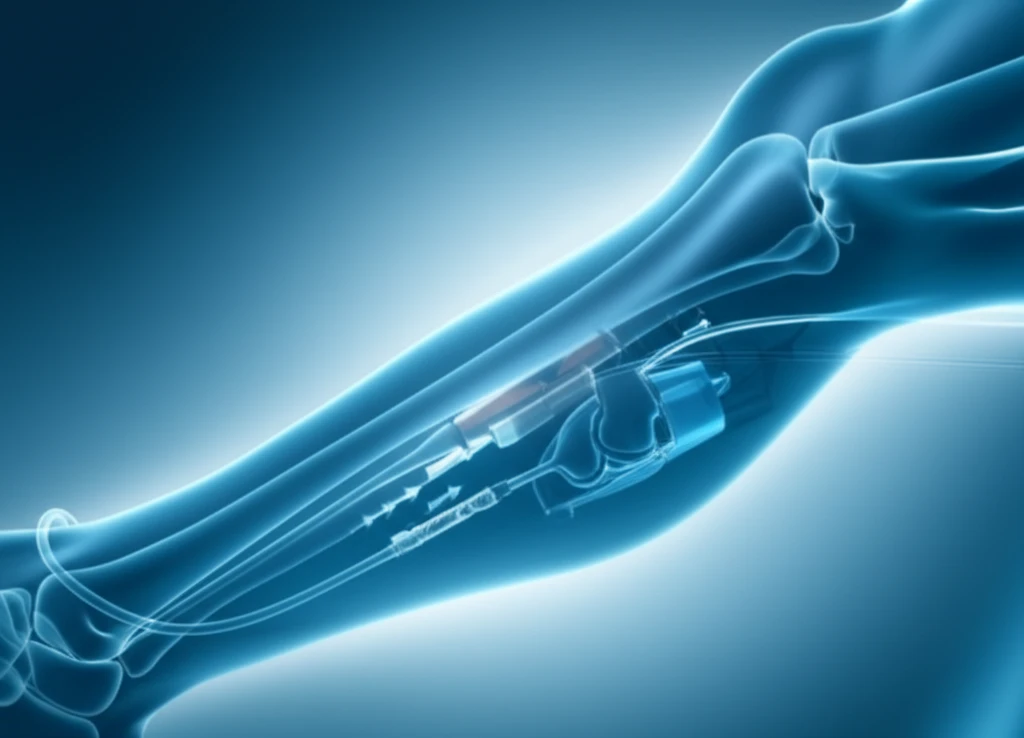
Squeeze Away the Clot: A Novel Technique for Deep Vein Thrombosis Treatment
"Discover how a simple calf-squeeze technique is enhancing aspiration thrombectomy for acute lower extremity deep vein thrombosis, improving patient outcomes and simplifying recovery."
Deep vein thrombosis (DVT), particularly in the lower extremities, can lead to significant pain and long-term complications if not treated effectively. Traditional treatments range from anticoagulation therapy to more invasive procedures like surgical thrombectomy.
In recent years, catheter-directed thrombolysis (CDT) and percutaneous mechanical thrombectomy (PMT) have emerged as vital options, aiming to rapidly reduce thrombus burden and preserve venous valve function. However, a common challenge remains: thrombi located below the point of popliteal vein access often persist post-treatment.
A recent study published in the Korean Society of Radiology explores an innovative approach to this problem: the calf-squeeze technique during aspiration thrombectomy. This simple yet effective method aims to encourage proximal migration of thrombi, facilitating more complete removal and improving overall patient outcomes.
The Calf-Squeeze Technique: Enhancing Thrombectomy Outcomes

The calf-squeeze technique involves manual compression of the calf muscles during aspiration thrombectomy. This action helps to propel thrombi located in the popliteal, tibial, and muscular veins upwards, towards the point of catheter access. By encouraging this proximal migration, doctors can more effectively remove residual thrombi, leading to better recanalization and reduced risk of recurrence.
- Initial catheter-directed thrombolysis via popliteal vein approach.
- Placement of a temporary inferior vena cava (IVC) filter to prevent pulmonary embolism.
- Aspiration thrombectomy using a guiding catheter to remove residual thrombus.
- Application of the calf-squeeze technique during aspiration to promote thrombi migration.
Simple Technique, Significant Impact
The study highlights the potential of the calf-squeeze technique as a valuable adjunct to aspiration thrombectomy for acute lower extremity DVT. By facilitating proximal migration of thrombi, this simple maneuver enhances the effectiveness of thrombus removal, leading to improved patient outcomes and reduced risk of recurrence. While further randomized studies are needed to confirm these findings, the initial results are promising and suggest that the calf-squeeze technique could become a standard component of DVT treatment protocols.
